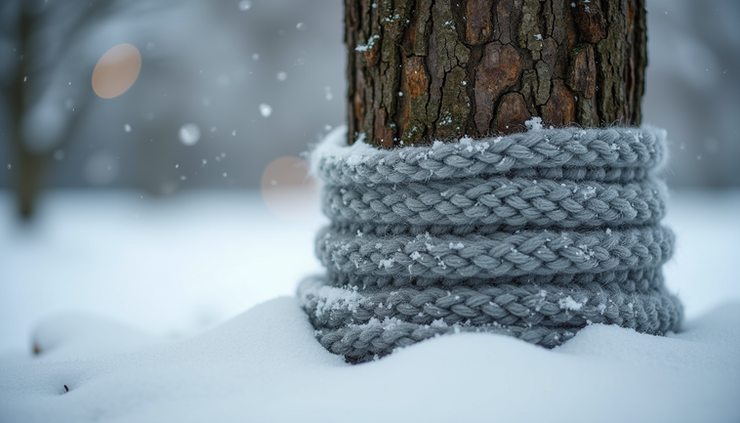Year-Round Knitting Projects That Enhance Your Gardening Experience
- helenB-a
- 23 hours ago
- 3 min read
Gardening is a rewarding hobby that connects you with nature throughout the year. Yet, the changing seasons bring different challenges and needs for your garden. Knitting offers a creative way to support your gardening efforts with practical, handmade items that can be used in every season. From protecting plants in winter to organizing tools in summer, knitting projects can add both function and charm to your outdoor space.

Knitting for Spring: Protecting New Growth
Spring is the time when plants begin to sprout and delicate buds appear. Frost can still threaten young plants, so knitted covers and wraps are perfect for shielding them.
Plant cozy covers
Knit small, breathable covers for tender plants. Use soft wool or cotton yarn to create snug sleeves that protect against late frosts without suffocating the plants.
Knit garden gloves
Lightweight gloves with reinforced fingertips help protect your hands while planting seeds or pruning. Choose yarn blends that are durable but flexible.
Knit tool holders
Create small pouches or wristbands with pockets to hold seed packets, plant markers, or small tools. This keeps essentials handy while you work.
These projects are quick to make and can be customized with colors that brighten your garden space.
Knitting for Summer: Comfort and Organization
Summer gardening often means long hours outdoors in the sun. Knitted items can improve comfort and keep your tools organized.
Sun hats with ventilation
Knit breathable hats with open stitches to protect your head and face from sunburn while allowing airflow.
Knit plant hangers
Use sturdy yarn to create decorative plant hangers for herbs or flowers. These add vertical interest and free up ground space.
Garden tool belts
A knitted belt with pockets can hold pruning shears, gloves, and twine. This keeps your hands free and tools within reach.
Cooling wristbands
Knit wristbands that can be soaked in water and worn to help keep you cool during hot days.
These projects combine style and utility, making summer gardening more enjoyable.

Knitting for Autumn: Preparing for Cooler Weather
As temperatures drop, your garden needs protection from wind and early frost. Knitting can help extend the growing season and prepare your garden for winter.
Knit frost blankets
Larger knitted blankets can cover rows of vegetables or flower beds to shield them from cold nights.
Knit garden kneelers
Soft, padded kneelers protect your knees during planting or harvesting. Use thick yarn and add a waterproof backing if possible.
Knit storage bags
Create bags to store harvested produce like garlic, onions, or potatoes. Breathable knitted bags help prevent mold.
Decorative garden markers
Knit small flags or tags to label plants and seeds. These add a personal touch and help keep your garden organized.
These projects help your garden transition smoothly into the colder months.
Knitting for Winter: Protecting and Planning
Winter gardening tasks are limited but important. Knitting can protect plants and help you plan for the next season.
Knit tree wraps
Wrap young tree trunks with knitted sleeves to protect against frost cracks and animal damage.
Knit seed organizers
Create small pouches or envelopes to store and sort seeds for spring planting.
Knit indoor plant cozies
Keep indoor plants warm and stylish with knitted covers for pots.
Knitted garden journals covers
Protect your gardening notes and plans with a cozy knitted cover.
These projects keep your garden safe and your plans organized during the quiet winter months.

Tips for Choosing Yarn and Patterns
Use natural fibers like wool or cotton for breathability and durability.
Choose washable yarns for easy cleaning.
Select patterns with texture to add grip and insulation.
Experiment with bright colors to add cheer to your garden tools and accessories.
Final Thoughts
Knitting projects designed for gardening combine creativity with practicality. They protect plants, organize tools, and add comfort throughout the year. By crafting these items yourself, you create personalized solutions that fit your garden’s unique needs. Start with simple projects like gloves or plant covers, then explore more complex items as your skills grow. Your garden will benefit from your handiwork, and you’ll enjoy the satisfaction of blending two rewarding hobbies.




Comments